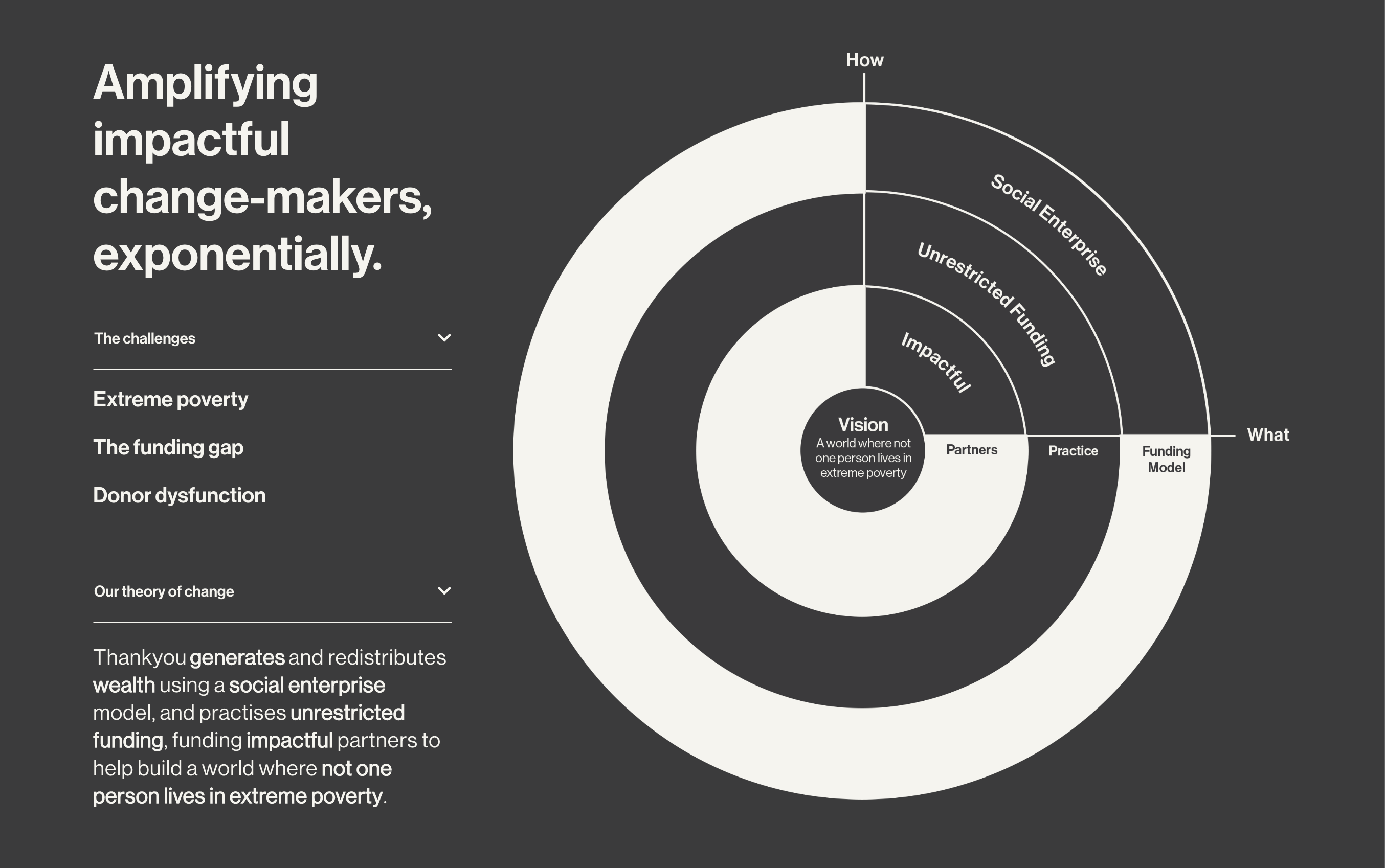BRANDING BOOTCAMP DAY ONE
A memorable brand is…
clear
BRANDING BOOTCAMP DAY ONE
A memorable brand is…
clear
Welcome to day 1 of our Branding Bootcamp!
To kick things off, we will be discussing the importance of having a clear brand.
To ensure your brand is memorable, successful, and clear start by asking yourself the following questions:
- What do you do?
- Why do you do it?
- Who do you do it for?
The answer to these three questions will provide you with a coherent foundation for your brand’s future success.

Why is having a clear brand important?
Having a clear brand allows you to approach your business goals with confidence. If you don’t have clarity and focus, you may not reach your target market effectively.
If your brand is ambiguous, your target audience may misinterpret your offering. This can impact your long-term goals and objectives for success.
We asked Desiree Clark, Global Marketing Strategist at Fashion Biz, how clarity makes a brand memorable.

What do you do?
Can you describe what your business does in one sentence? A couple of words are even better.
If you find yourself taking 30+ seconds to explain exactly what you do, then potentially your brand is lacking clarity. If you are unable to articulate exactly what you do – your customers won’t be able to either.
To help you nail your brand offering (in 30 seconds or less), consider asking yourself these questions:
- What is your business offering?
- Do you provide a service, for example, do you train dogs or run online courses?
- Do you sell products such as clothing or food?
- Or do you offer a combination of product and service?
When answering these questions, write down your answers. From there, cut this down into one sentence which will help you to establish a clear brand message that tells everyone (including yourself) exactly what you deliver.
Why do you do it?
In a saturated market, most brand concepts have already been created. Consumers have multiple choices from premium to everyday type products which can make it challenging for brands to stand out from the crowd. This is where you determine your why which will help position your brand within your market.
Businesses often stop at their what, but their why is what really matters. Take Thankyou for example. What they do as a product offering is sell consumable products. Why they do it is to help end extreme poverty – that is why they are memorable.
Airbnb provides unique accommodation, which is their what. They do this because they want to help guests “experience the world in a more authentic, connected way.” This is their why.

Determining your why
Here are some questions to consider when determining your why:
- What problem are you solving?
- What is your purpose?
- Why does your business exist?
- How do you communicate this to your audience?
Once you have confirmed your why you have the opportunity to be unique and stand out within the cluttered market.
Who are you doing it for?
Who is your ideal customer? Get specific – it will make things easier; we promise.
Knowing whom you are marketing to will help you define the look, feel and sound of your brand.
Messaging will always be more compelling if you narrow your focus and write, design, or plan with your ideal customer in mind. Any business decision will be easier when your customer’s pain points and needs.
Here are some things to think about.
Target audience
The group who you will be targeting – this will include both the person who will be using your product and the ones who will purchase it (sometimes they may be different). For example, a parent will purchase a toy for their child who will be the end-user.
Consumer profiles/personas
These are hypothetical examples of individuals who represent your target audience. Consumer profiles will help you identify pain points your target audience may face and help you define how your product or service can help solve them. This will provide you with a blueprint for their purchasing journey so that you can market to them effectively.
Download our customer avatar worksheet to help you define your ideal customers.
Put your brand to the test
Once you have completed your Customer Avatar profiles and summed up your what and why it is time to apply your learning in the real world.
Ask your customers, employees, or anyone who knows your business to describe your brand in their own words – if their answers don’t align then you may need to reconsider your branding. This may include refreshing your logo and visuals, strategy, messaging, or offering.
Now you’re warmed up, we’re keen to see you for another Branding Bootcamp session tomorrow, where we’ll focus on ensuring your brand is current!
